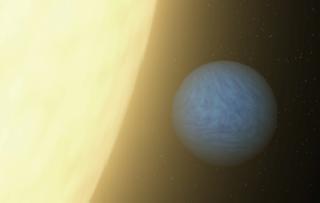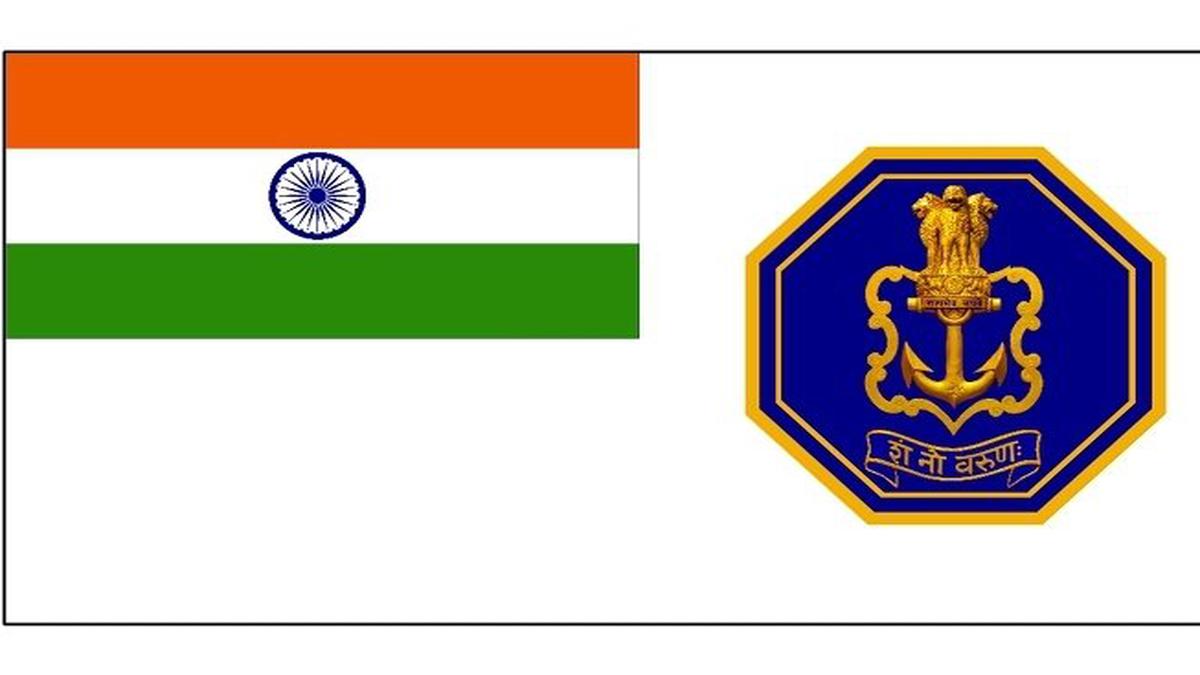
Seen here in this artist's concept, the planet is called 55 Cancri e. It's a toasty world that rushes around its star every 18 hours. A NASA/JPL photo
WASHINGTON (BNS): For the first time, NASA's Spitzer spacecraft has detected light emanating from a Super-Earth beyond our Solar System.
The exoplanet, 55 Cancri e, first spotted in 2004, is eight times as massive and twice as big as our Earth. It lies about 41 light years away from Earth and orbits its host star, 55 Cancri A, in a mere 18 hours.
Previously, Spitzer and other telescopes were able to study the alien planet by analyzing how the light from its host star - 55 Cancri - changed as the planet passed in front of it.
In the latest study, Spitzer has measured how much infrared light comes from the planet itself. The results reveal the planet is likely dark and its sun-facing side is more than 2,000 Kelvin (3,140 degrees Fahrenheit), hot enough to melt metal.
The new information is consistent with a prior theory that 55 Cancri e is a water world: a rocky core surrounded by a layer of water in a "supercritical" state where it is both liquid and gas, and topped by a blanket of steam.
"It could be very similar to Neptune, if you pulled Neptune in toward our Sun and watched its atmosphere boil away," said Michaël Gillon of Université de Liège in Belgium, principal investigator of the research, which appears in the Astrophysical Journal.
The 55 Cancri system consists of five planets of which 55 Cancri e is the closest to the star and tidally locked, so one side always faces the star.
Spitzer has discovered that the sun-facing side is extremely hot, indicating the planet probably does not have a substantial atmosphere to carry the sun's heat to the unlit side.
The James Webb Space Telescope, NASA's next major infrared space observatory, set for launch in 2018, will likely be able to learn even more about the rocky exoplanet's composition. The telescope might be able to use a similar infrared method as Spitzer to search other potentially habitable planets for signs of molecules possibly related to life, NASA said.
 Previous Article
Previous Article











The Indian Air Force, in its flight trials evaluation report submitted before the Defence Ministry l..
view articleAn insight into the Medium Multi-Role Combat Aircraft competition...
view articleSky enthusiasts can now spot the International Space Station (ISS) commanded by Indian-American astr..
view article